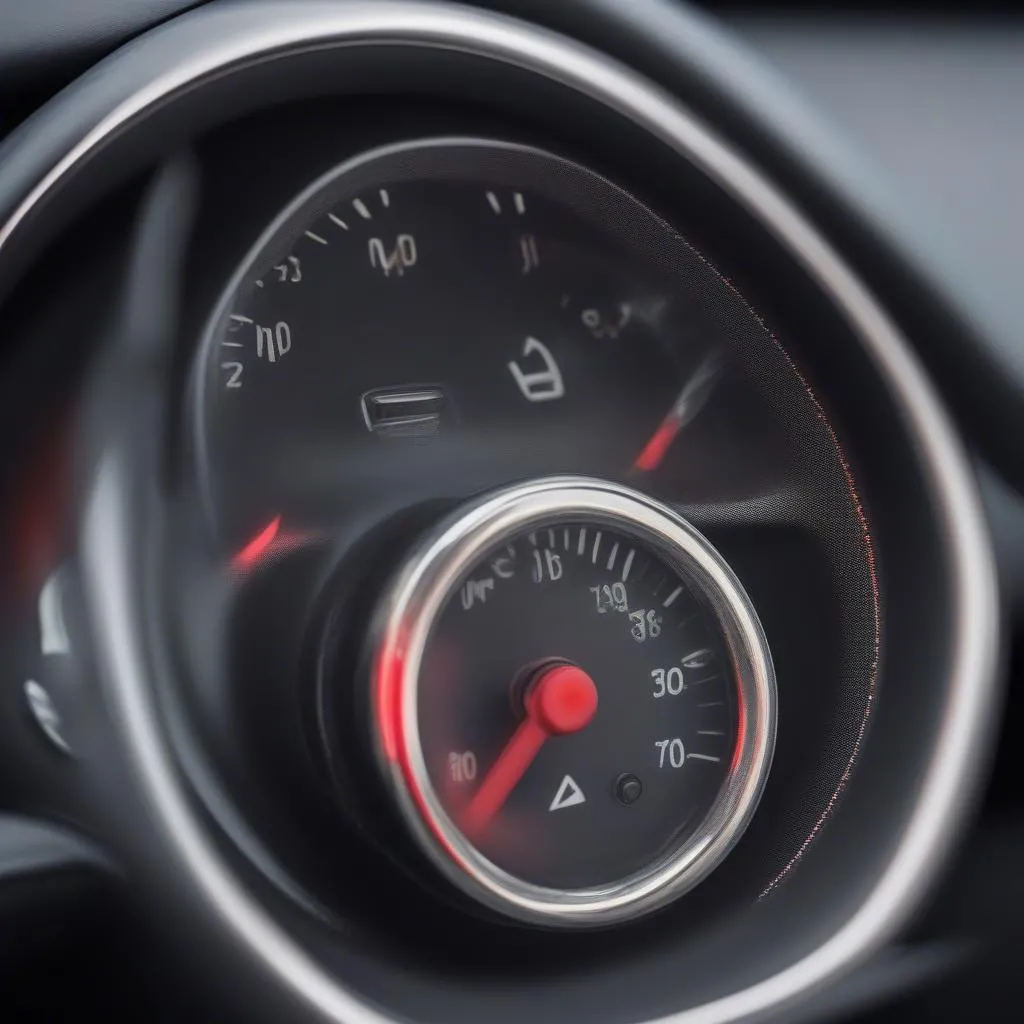A Mercedes stuck in park can be a frustrating experience. Whether you’re rushing to work or simply trying to run errands, this issue can throw a wrench in your plans. This comprehensive guide will walk you through the common causes of a Mercedes stuck in park problem, how to diagnose it, and the potential solutions to get you back on the road.
Understanding Why Your Mercedes is Stuck in Park
Several factors can contribute to your Mercedes getting stuck in park. Identifying the root cause is crucial for an effective fix. Here are some common culprits:
1. Brake Light Switch Malfunction
A faulty brake light switch is a frequent offender. This switch signals your car that the brake pedal is depressed, which is necessary to release the shift lock mechanism. If it malfunctions, your car won’t recognize that you’re braking, preventing you from shifting out of park.
2. Shift Lock Solenoid Failure
The shift lock solenoid is an electronic component that engages and disengages the shift lever lock. If it fails, the shifter can get stuck in the park position.
3. Gear Selector Module Issues
The gear selector module is responsible for reading the position of your shifter and sending that information to the transmission control unit. Problems with this module can lead to inaccurate readings and prevent the car from shifting gears correctly.
4. Mechanical Problems
While less common, mechanical issues within the shifter assembly, linkage, or transmission itself can also cause a stuck-in-park scenario. These situations typically require professional attention.
Diagnosing the Problem
Before attempting any fixes, it’s crucial to pinpoint the exact reason your Mercedes is stuck in park. Here are a few steps you can take:
- Check Your Brake Lights: If your brake lights aren’t working, there’s a high chance the brake light switch is faulty.
- Listen for Solenoid Clicking: When you press the brake pedal, you should hear a faint clicking sound from the shift lock solenoid. If you don’t hear it, the solenoid may be the issue.
- Inspect the Shifter Assembly: Examine the shifter assembly for any visible damage or obstructions that might be hindering its movement.
mercedes-brake-light-switch|brake light switch|Close-up, detailed photo of a Mercedes brake light switch, showing its connection and placement within the car’s system.
Gathering Your Tools and Equipment
Having the right tools on hand can make the repair process smoother. Here are some essentials:
- Screwdrivers: A set of Phillips and flathead screwdrivers will be helpful for removing panels and accessing components.
- Socket Set: Depending on the specific repair, you might need a socket set to remove and install bolts.
- Multimeter: A multimeter is essential for testing electrical components, such as the brake light switch and shift lock solenoid.
- Replacement Parts: If you’ve identified a faulty brake light switch or shift lock solenoid, you’ll need to purchase replacements before proceeding with the repair.
car-repair-tools|mechanic tools|A workbench with various tools neatly arranged: screwdrivers, a socket set, and a multimeter, all essential for car repairs.
Fixing a Mercedes Stuck in Park
The solution to your Mercedes stuck in park issue will depend on the root cause. Here’s a general guide to common fixes:
1. Replacing the Brake Light Switch
Replacing the brake light switch is relatively straightforward. You’ll need to locate the switch, typically mounted above the brake pedal, disconnect the electrical connector, remove the old switch, and install the new one.
2. Replacing the Shift Lock Solenoid
Accessing the shift lock solenoid can be more involved, often requiring the removal of center console components. Once you’ve located the solenoid, you’ll need to disconnect its electrical connector and remove the mounting bolts. Installation involves reversing these steps.
3. Addressing Gear Selector Module Issues
Gear selector module issues can be more complex and might require specialized diagnostic tools. In many cases, replacing the module is the most effective solution.
4. Seeking Professional Assistance
For complex mechanical problems or if you’re uncomfortable performing the repairs yourself, it’s always best to seek professional assistance from a qualified mechanic.
car-mechanic-working|car repair shop|A mechanic in a repair shop, working under a lifted car, using specialized tools to diagnose a problem.
Frequently Asked Questions
Q: Can a dead battery cause a Mercedes to get stuck in park?
A: While a dead battery won’t directly cause a stuck-in-park situation, it can prevent the electronic systems, including the shift lock, from functioning correctly.
Q: What does the “Shift Lock Release” button do?
A: The “Shift Lock Release” button is an emergency override that allows you to temporarily disengage the shift lock mechanism. It’s typically located near the shifter and requires a small object, like a key or pen, to press. This button should only be used as a temporary solution to get your car to a safe location for repair.
Q: Are there any preventive measures to avoid getting stuck in park?
A: Regular maintenance, including inspections of your car’s electrical system and transmission, can help prevent issues like a stuck-in-park situation.
Q: Can Cardiagtech help me diagnose the issue?
A: While this guide provides helpful information, Cardiagtech offers advanced car diagnostic tools and software that can help you pinpoint the exact cause of your Mercedes stuck in park problem. Visit our website to explore our range of products.
Conclusion
Experiencing a Mercedes stuck in park can be frustrating, but understanding the common causes and solutions can help you get back on track quickly. While some fixes can be tackled with basic mechanical skills, more complex problems often require professional expertise. Remember, CARDIAGTECH offers a variety of tools to assist with diagnosing and troubleshooting automotive problems. If you’re ever unsure about a repair, it’s always best to err on the side of caution and seek help from a qualified mechanic.


